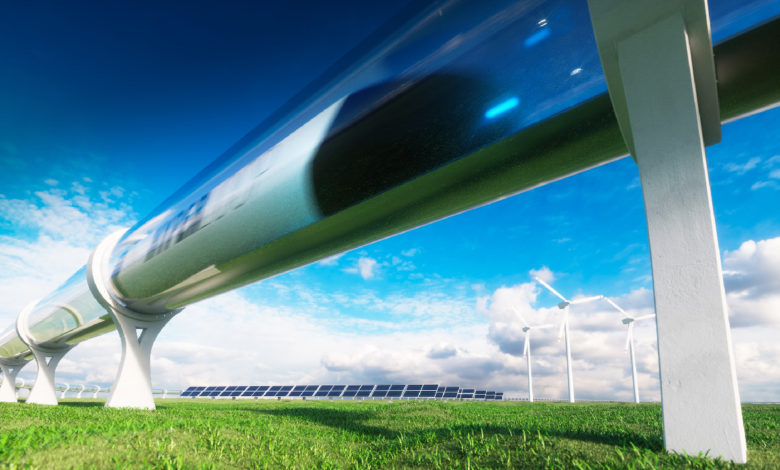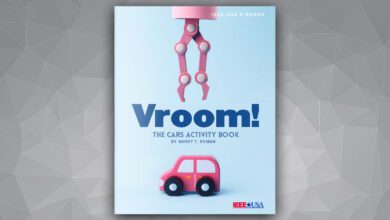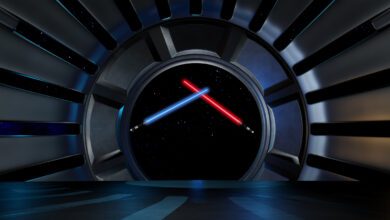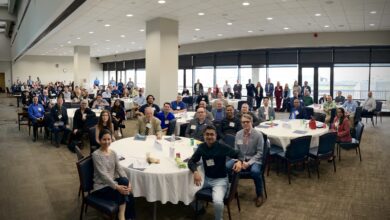
Emerging technologies are poised to fundamentally change all modes of transportation in the United States, improving safety and efficiency. A 13 September Senate Committee on Commerce, Science and Transportation hearing explored what those changes might look like.
According to committee Chair Sen. John Thune (R-S.D.), “Our transportation system has struggled to keep pace with the growing demands of a dynamic economy. Freight movement is expected to double over the next few decades, the growth of e-commerce continues to present new opportunities and challenges, and competition from foreign countries is strong.”
With current roadway congestion costing the United States more than $160 billion per year in wasted time, fuel, and vehicle wear-and-tear, combined with the costs of maintaining aging transportation infrastructure, he added, “While there is a real need for robust investment, the transportation sector also needs innovative solutions to enhance the safety and efficiency of our system.”
Tina Quigley, general manager of the Regional Transportation Commission of Southern Nevada, emphasized the potential contributions of smart transportation technology, including potential roles that could be played by artificial intelligence (AI). According to Quigley, “’technology is the new asphalt’ given that new technologies, when integrated into existing and new transportation infrastructure, can deliver significantly higher returns on investment compared to the traditional approach of simply building another lane. Advanced technology developments such as connected and autonomous vehicles, faster wireless communications, and greater data sharing, offer unprecedented opportunities to create safer, less congested, and more efficient communities.”
Looking at the potential impact of autonomous vehicles on transportation capacity, Quigley warned that “as driving continues to become less burdensome, motorists may be more inclined to get inside their vehicles and commute, adding miles traveled to the infrastructure requirements…if autonomous cars are added to the mix, they become even more attractive transportation options, allowing riders to work and read while on their commute. Thus, vehicle miles traveled (VMT) will likely increase as self-driving cars becoming more prevalent, and increased VMT forces policymakers to strongly consider increased investment and expansion in smart infrastructure.”
Josh Raycroft, director of business strategy at Virgin Hyperloop One, described Virgin Hyperloop’s progress to date in developing and deploying a low-pressure, high-speed surface transportation system or “hyperloop.” The low-pressure tube environment greatly reduces aerodynamic drag on the passenger or cargo vehicle, allowing it to reach and maintain very high speeds, with much less energy than conventional systems.
According to Raycroft, “Hyperloop has the potential to change not only the way people live and work, but also the movement of cargo in supply and distribution chains. Speed and time savings will expand opportunities for people and businesses, allowing people to live in less densely populated communities while having access to jobs, services, and entertainment in central metro areas.”
Davis Sanford, campaigns lead, Naval Ship Intelligence & Technologies, for Rolls-Royce Marine North America, highlighted innovative technologies being developed for commercial and naval unmanned and autonomous surface vessels. In addition to development of autonomous bridge and ship control systems for large sea-going freight vessels. He noted that “worldwide, there are over 100 companies working on small unmanned surface vessels, ranging in size from a few feet up to 50 feet in length.”
Driving the push for unmanned and autonomous surface vessels are twin considerations of safety and cost. Sanford noted that more than 70 percent of all marine accidents are currently the result of human error or interference. Moreover, using autonomous technology to improve vessel efficiency, reliability and availability would reduce transportation costs by an estimated 20 percent, as a result of lower power usage, reduced operating costs for support of a human crew, and reduced maintenance requirements.
Laurie Tolson, chief digital officer for GE Transportation, highlighted GE innovations, such as their Trip Optimizer, a smart, automated cruise-control system for the rail industry. Another GE innovation is their Port Optimizer, which gives managers of large port facilities the ability to project and plan for the arrival of vessels weeks (instead of days) in advance. At the Port of Los Angeles, Trip Optimizer technologies have helped increase port throughput by 10 percent and productivity by 8-12 percent for ground transportation.
Tolson cautioned the Senate committee, however, that ports across the nation are in need of an estimated $66 billion in infrastructure investments. She urged Congress to include digital infrastructure and applications, wireless connectivity, and spectrum allocations for deployment of 5G services in any federal investments authorized for critical port infrastructures.
You can view the full hearing or review witness statements online at: https://www.commerce.senate.gov/public/index.cfm/hearings?ID=E3D94CC4-AA66-4886-9F16-230B3D254FCF






